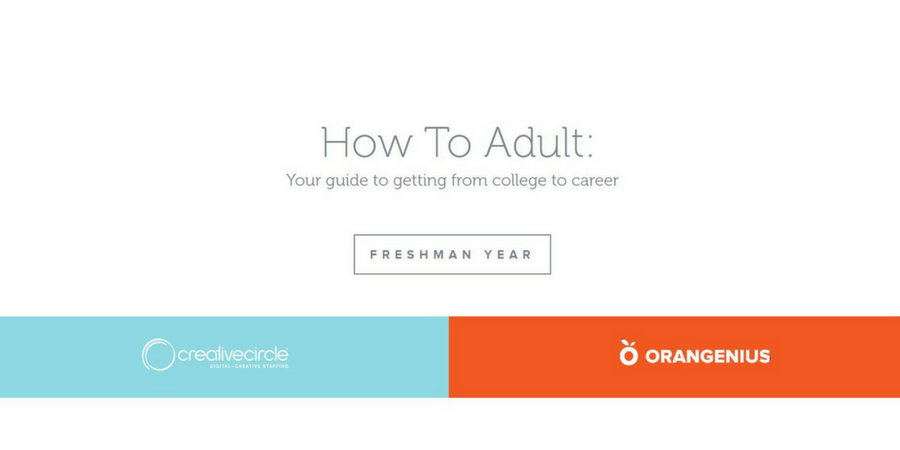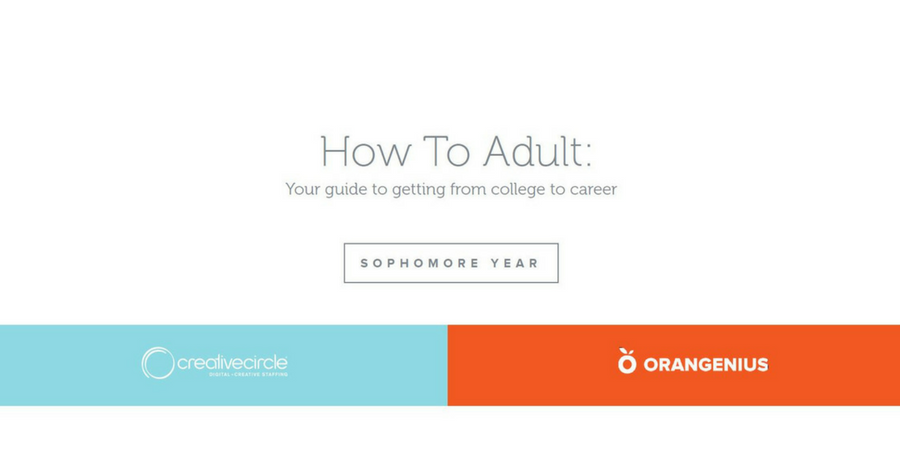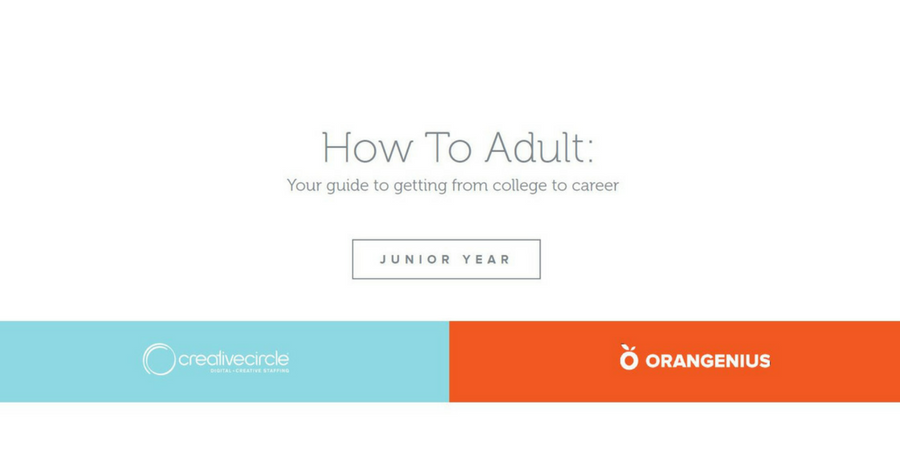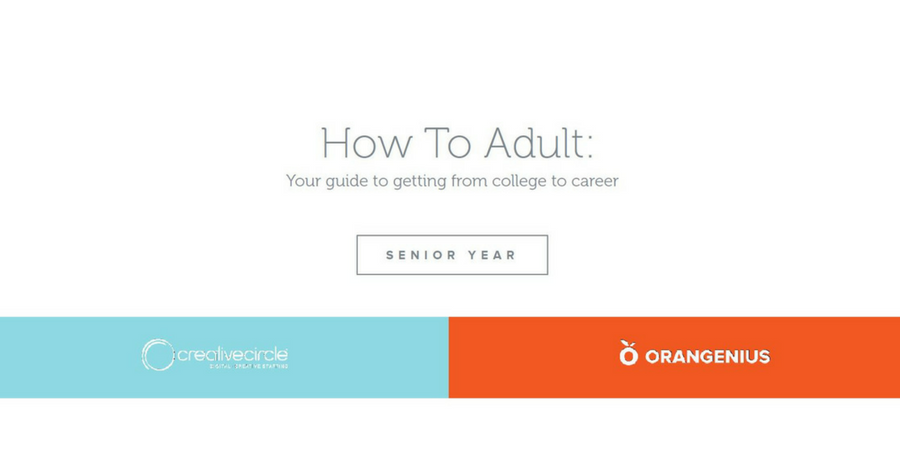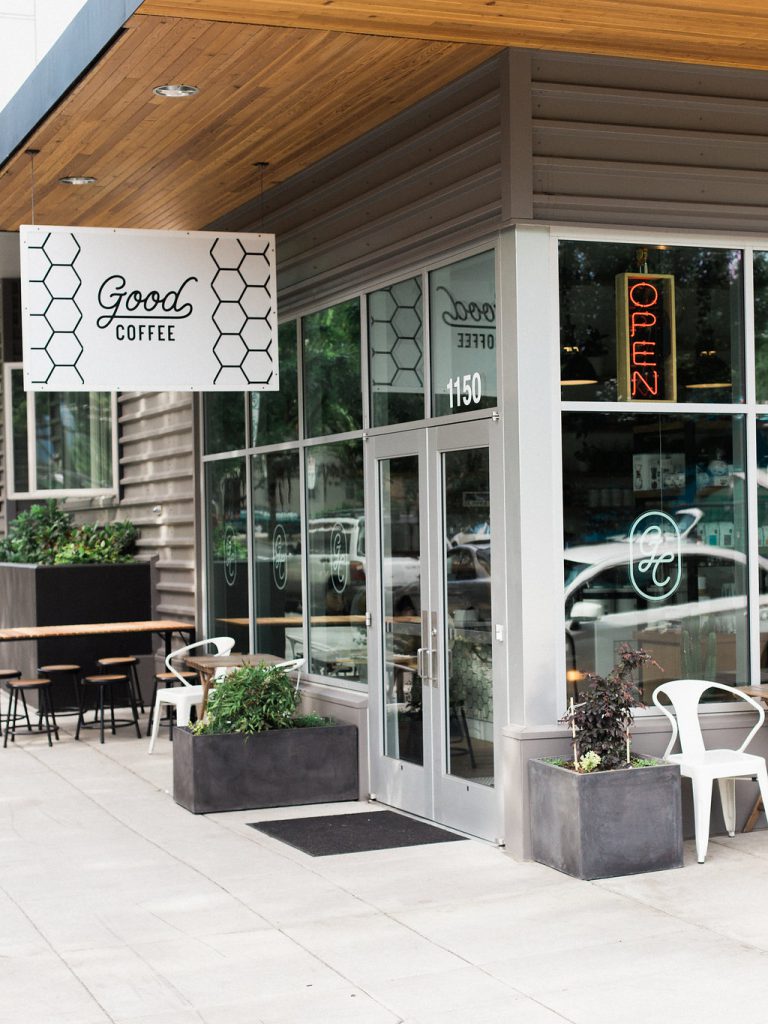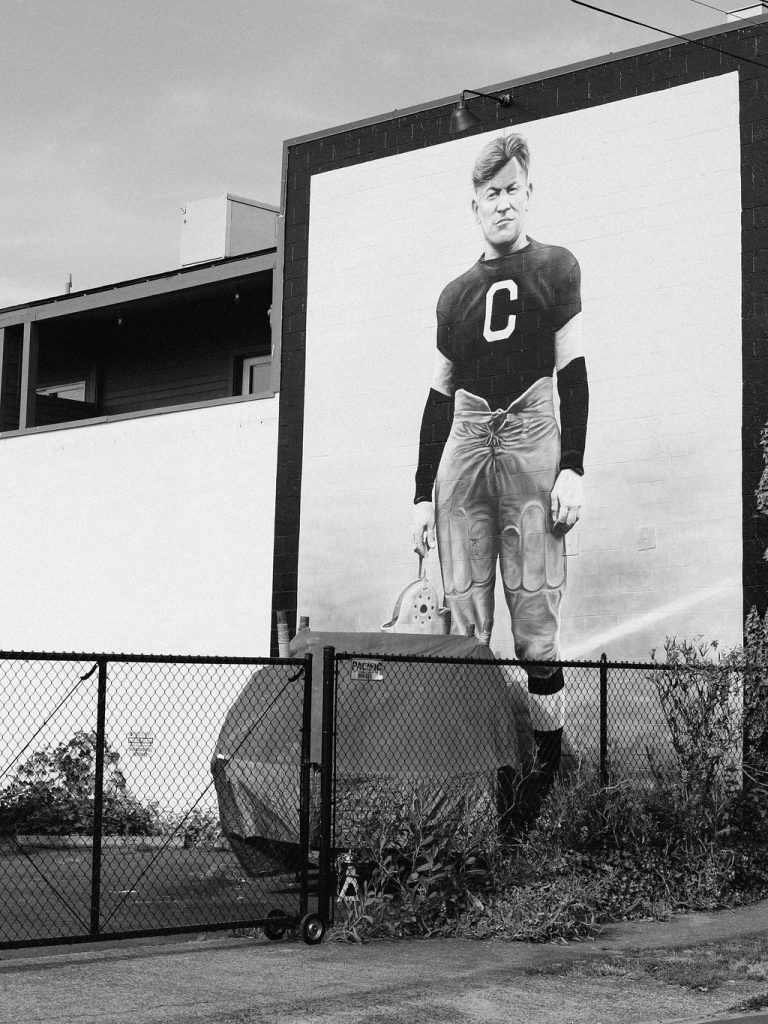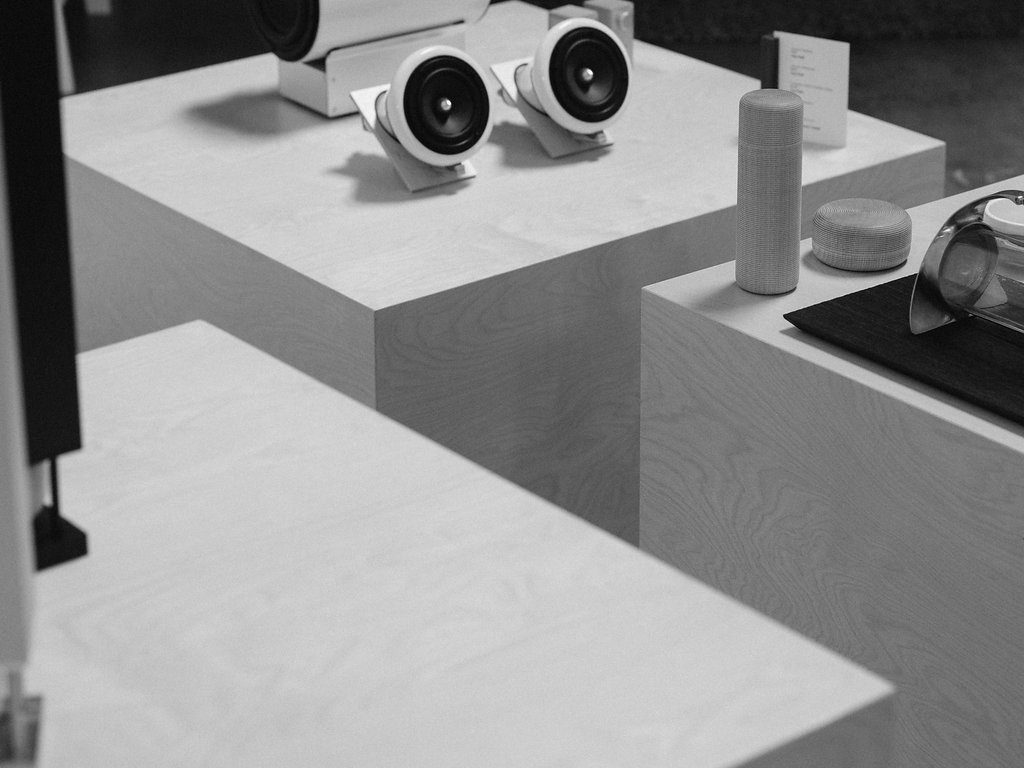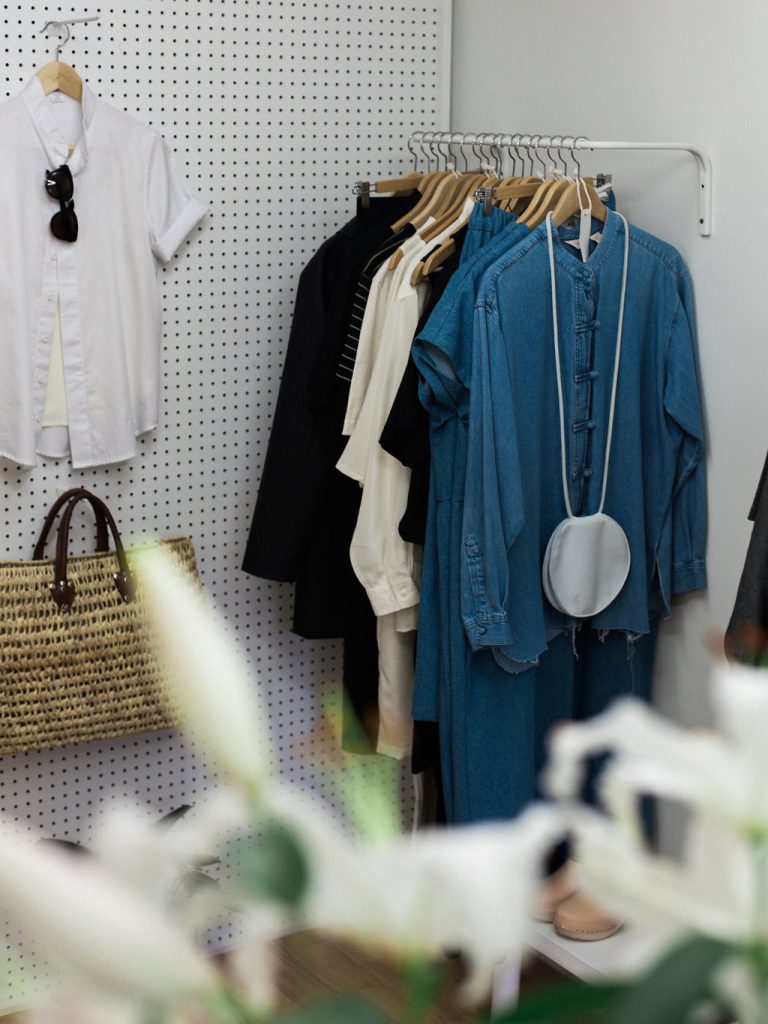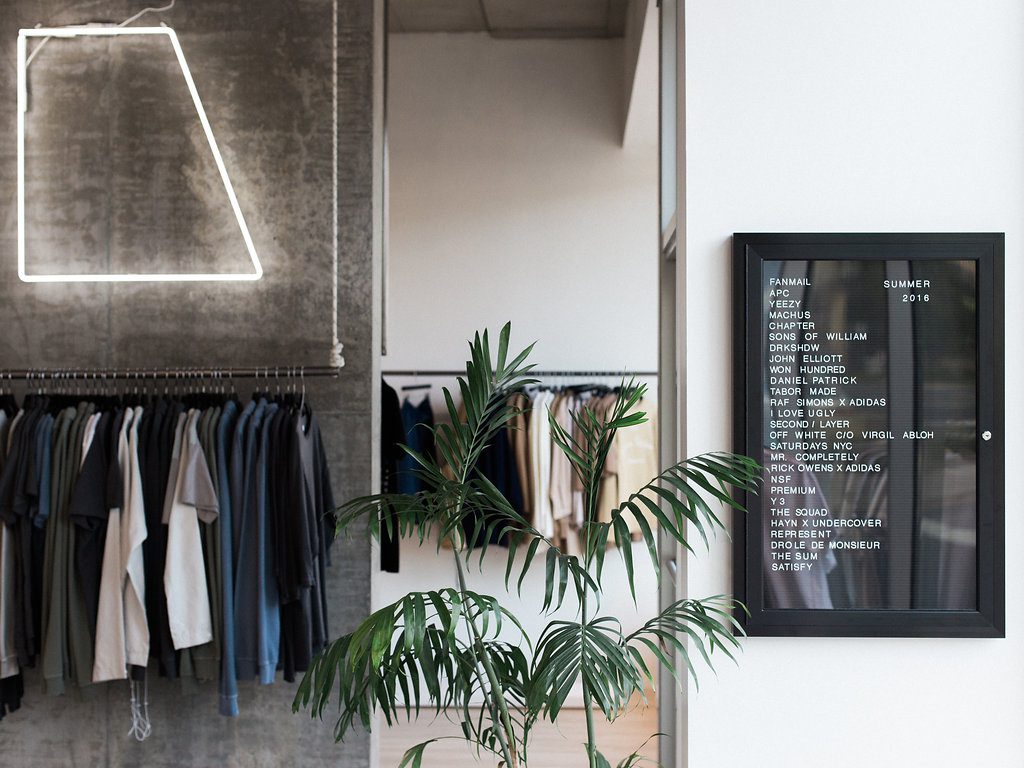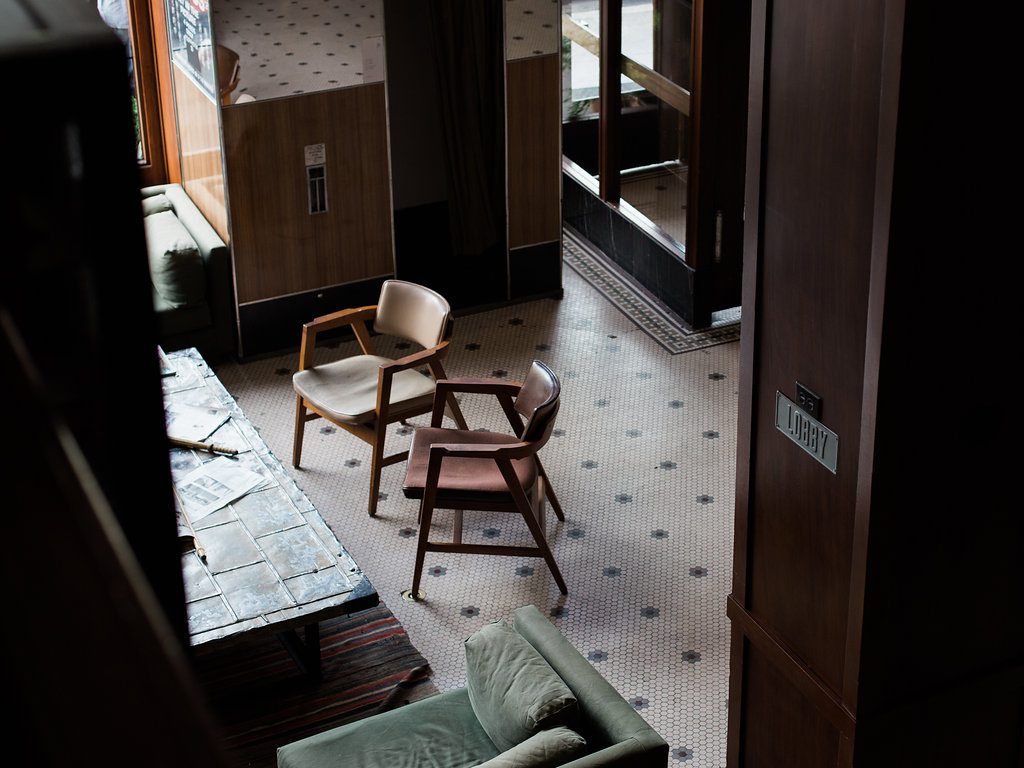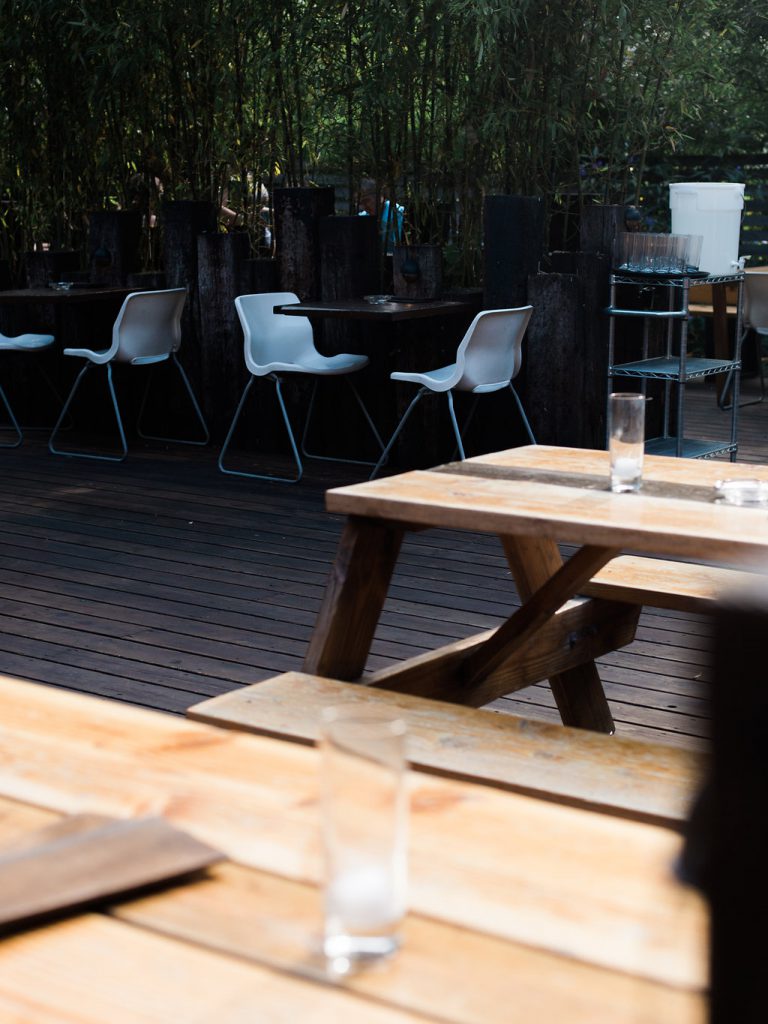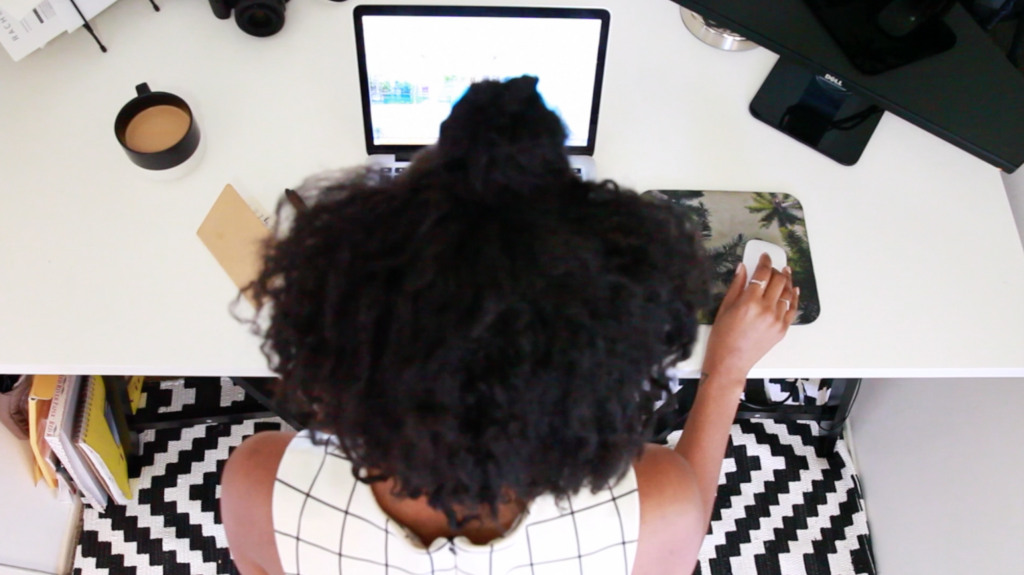As an executive coach based in Los Angeles, I often work with leaders in creative industries: content creation, entertainment management, marketing services, tech, and consumer products. While each of these fields is unique, they bring together teams of cross-functional leaders from marketing, design, development, finance, and legal, to name a few. Leaders from each of these functions arrive at their work with diverse education, professional experience, personalities, and working styles. Layer in the competing objectives of different functions, and it’s easy to imagine a group that struggles to get much accomplished.
Differences can be most pronounced between business leaders and designers. The formal education needed to secure roles in each of these groups is quite different. Business leaders are assumed to be focused on profit, while the creative process is much more personal for designers. Despite these differences, I’ve been part of many dynamic partnerships between business teams and design teams, and I’ve figured out how they work best.
1. They build on each other’s ideas.
The phrase “good ideas can come from anyone” gets thrown around a lot, but I’ve seen it in practice.
On a 2005 trip to Egypt, I was inspired by the elaborate details of the treasures from Tutankhamun’s tomb in the Egyptian Museum in Cairo. I returned to my junior position in marketing for a toy company with the belief that this aesthetic — glitter, shine, elaborate jewelry — would appeal to the fashion doll consumer. I shared my idea with my design partners in a brainstorm session.
The design team easily could have rejected my ideas on the basis that creativity is their responsibility (and privilege). Instead, a year later, when they presented their initial concepts for the next season, I was surprised and pleased to see an Egyptian-inspired option.
And what they presented was so much better than I had ever imagined. By running with “yes and,” a key principle of both improv comedy and design thinking, they had opened their minds to an unusual idea and built on it to make it stronger.
The teamwork didn’t stop there. Once the dolls were designed, the packaging team created a logo, structure, and environment that brought the theme to life, and the advertising agency created new animation and music for a commercial that integrated Egyptian elements into a modern and aspirational world for children.
By the time the dolls landed on retail shelves, countless team members on at least three continents had contributed to the brand experience, and all of us could see the value of our contributions in creating something greater.
2. They use curiosity to build trust.
I’ve worked with two different types of creative leaders: ones who want to focus exclusively on being creative and ones who want to better understand the business. The latter use new insights about the consumer, the priorities of key stakeholders, and the state of the business to bring focus to their team’s work. By listening to what’s said and discovering what’s unsaid, they identify opportunities to address problems or build on opportunities.
Similarly, business leaders build trust with their design partners when they listen to those partners’ goals. Whether your partners want to build expertise in a new technology or expand a product segment to support the professional growth of their teams, understanding their goals invites you to help them make those goals a reality. This commitment to better understanding also increases the likelihood that your partners will be receptive to your goals.
I am not advocating for tacitly agreeing with your partners just to build trust. There will be plenty of times when you see a situation differently. That’s when, instead of clashing over who is right, you can listen to one another and work together to find the best way forward. For instance, a few years back, my team was developing an innovation segment for a classic fairytale toy brand. There were a few concepts that I just didn’t get, as well as one that I was far more excited about than the design team was. Rather than narrowing the list of options down to the much smaller list that we all could agree on, we committed to collecting feedback from parents and children through qualitative research.
To our surprise, the concepts that were more polarizing to the team generated the most positive feedback from our audience. The new insights about why customers were drawn to these ideas built support for the ideas throughout team, ultimately allowing us to bring to market a more innovative and successful product line.
3. They build in flexibility.
Any initiative — an advertising campaign, a new vehicle, a new product range — can originate within a variety of functions, often determined by what function is at the hub of the wheel of the cross-functional team. You can find advertising agencies where creative, account service or even account planning (strategy) takes the lead. In automotive, often the engineers have the greatest influence. Within the toy industry, the pendulum will swing back and forth between marketing-led and design-led cultures, often changing when the prior structure stops working.
From my perspective, a team’s success is not dependent on one function taking the lead. I’ve seen product lines grounded in sound strategies fall flat because they fail to inspire. Conversely, a great creative idea without a clear customer or strategy holds little value. In every environment I’ve worked in, the cross-functional team delivered better results when they didn’t cling to one process.
Tim Brown’s “Change by Design,” an introduction to design thinking, presents the “Ways to Grow” matrix. He organizes the innovation efforts within a team into four categories determined by pursuing existing and new users with existing and new offerings. While most resources should be allocated to support incremental innovations to the core business, this framework is flexible enough to make room for the unexpected and sometimes game-changing innovation that didn’t begin with an ironclad strategic insight.
The opportunity to create something new carries high risks, but you manage that risk by not depending on its success. Exploring fresh initiatives creates a halo of energy across the line and across the team. If one of these ideas sticks, it has the potential to create explosive growth. And even if it doesn’t, the team will appreciate that they had the opportunity to flex their innovation muscles.
Each of these insights on well-functioning teams comes down to communication. Truly listen to your customers and your colleagues to solve problems and build on success. Ensure that your colleagues feel heard, and enjoy the opportunity to talk about different points of view. Listen for opportunity. It may not always arrive the way you expect, but that doesn’t make it any less valuable.
Peter Gandolfo is an executive coach and founder of Gandolfo Group Coaching & Consulting. He’s passionate about helping men achieve professionally while being present fathers and about creating a more diverse workforce by helping leaders develop their authentic leadership styles.
In addition to individual coaching, Peter facilitates team workshops and gives talks on marketing strategy, listening to customers, effective communication and more. He lives in Los Angeles with his husband Andrew and their two sons.
This article was originally published on the Gandolfo Group blog.

